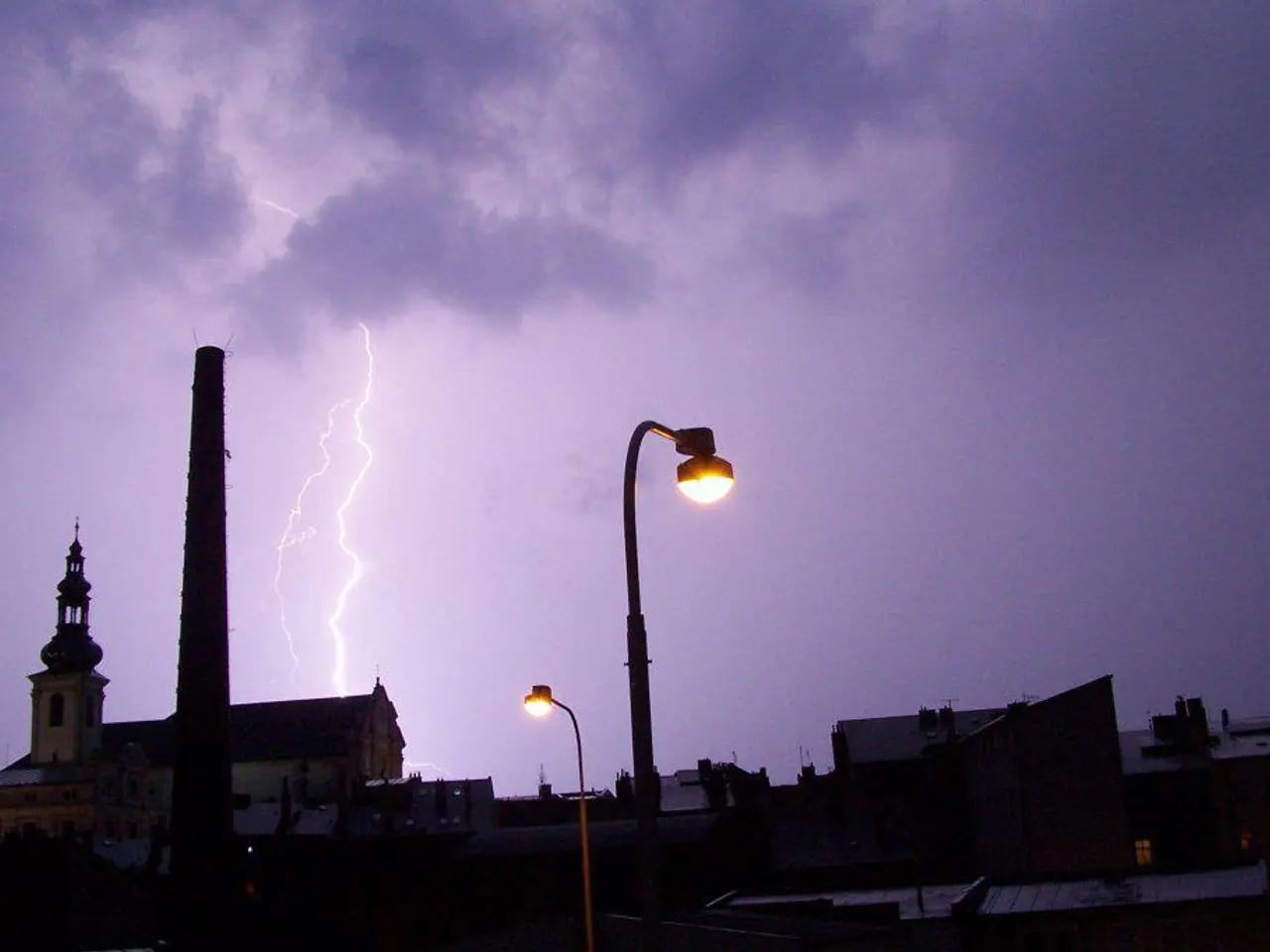Wildfire of massive proportions in California expands, becoming the most extensive of the year
The Gifford Fire, currently California's largest wildfire of the year, has reached "megafire" status and is still spreading in remote Los Padres National Forest.
Key Facts
- Cause: The cause of the Gifford Fire is under investigation and has not been publicly determined.
- Current size: The burned area is over 117,000 acres (megafire designation reported Aug. 9), with figures in the 72,000–104,000+ acre range reported earlier in August.
- Containment: Containment was low while the blaze expanded, with federal updates citing containment in the low tens of percent during early growth.
Why it Grew so Large
Officials attribute the rapid, explosive growth to extreme heat, steep and inaccessible terrain, and very dry vegetation — including areas with no recorded wildfire history — which allowed the fire to spread rapidly. The fire advanced into remote, fuel-dense sections of the Garcia Wilderness in Los Padres National Forest, complicating suppression efforts.
Impacts and Protections
The fire has prompted evacuation orders for hundreds of residents and warnings for many more across San Luis Obispo and Santa Barbara counties. Several injuries have been reported, road closures have been implemented, and the U.S. Forest Service has restricted access to portions of the national forest.
What Crews are Doing (Containment Efforts)
Thousands of firefighters have been assigned to the incident, using direct and indirect attack, firelines, and structure protection in populated areas while working in steep, remote terrain. Officials emphasize monitoring for extreme fire behavior driven by hot, dry, low-humidity conditions and adjusting tactics accordingly.
The West Coast state has been severely affected by wildfires this year, with over 150 square kilometers of land and more than 16,000 buildings destroyed in the Los Angeles fires earlier in the year. Since the Los Angeles fires, Cal Fire has reported numerous other fires in the state, including the Madre Fire in the same area, which burned about 327 square kilometers in July.
As the Gifford Fire continues to spread, temperatures could even exceed 37 degrees Celsius on Thursday. For the very latest updates on acreage, containment percentage, evacuation maps, and cause investigation updates, official updates from InciWeb, the U.S. Forest Service, and Cal Fire can be checked for the newest figures and advisories.
- To combat the impacts of climate-change on the environment, it's crucial for scientific research in environmental-science to focus on weather-forecasting, as developing more accurate predictions could aid in preventing the rapid growth of other megafires like the Gifford Fire.
- Weather-forecasting plays a significant role in environmental-science, as it helps predict extreme heat, dry conditions, and other factors that contribute to the growth of megafires, such as the Gifford Fire.
- As the case of the Gifford Fire demonstrates, the advancement of science in weather-forecasting could help prevent the development of megafires in other remote and inaccessible areas, reducing damage to the environment and local communities.








